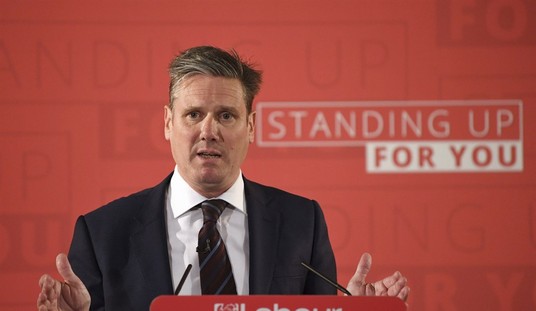One might have assumed that after watching the Benghazi consulate fall to a terrorist attack that the State Department would have rushed to bring security in other high-risk installations up to standards. That assumption would be incorrect, McClatchy reports. Despite getting $2.2 billion in security funding, fifteen high-risk diplomatic installations fall short of Diplomatic Security requirements — in part because the money is going to low-risk outposts instead, and in part because the current locations simply can’t be fixed:
Fifteen diplomatic posts in high-threat areas fail to meet safety standards 10 months after the attacks that killed four Americans, including the U.S. ambassador, in Benghazi, Libya, State Department officials told Congress Tuesday.
Gregory Starr, the State Department’s director of diplomatic service, told the Senate Foreign Relations Committee that modifying many of those buildings in their current locations is not possible. He said some of the buildings are not far enough from the street or other public areas to be adequately protected.
“We cannot retrofit many of our buildings to withstand blasts or direct attacks without the ability to move to a new location . . . and build a new facility,” he said.
If that’s the case, though, State should be requesting specific funding for replacing those facilities, or closing them altogether. Instead, the funding is going to bolster security in hotspots like, er … Oslo, Norway:
Sen. Bob Corker, R-Tenn., said he thought the State Department should be more careful about how it chose to spend the $2.2 billion it’s requested for embassy security. “A lot of money (is) being spent in places that, candidly, the security issues are not necessarily urgent,” he said, citing Oslo, Norway, and The Hague in the Netherlands as examples. Starr countered that global security trends are hard to predict and the department must address short- and long-term needs.
“Too often security issues seem to come down to more money when they are more the result of a failure to prioritize resources or a lack of leadership to respond appropriately when threats emerge,” Corker said in a statement released after the hearing.








Join the conversation as a VIP Member